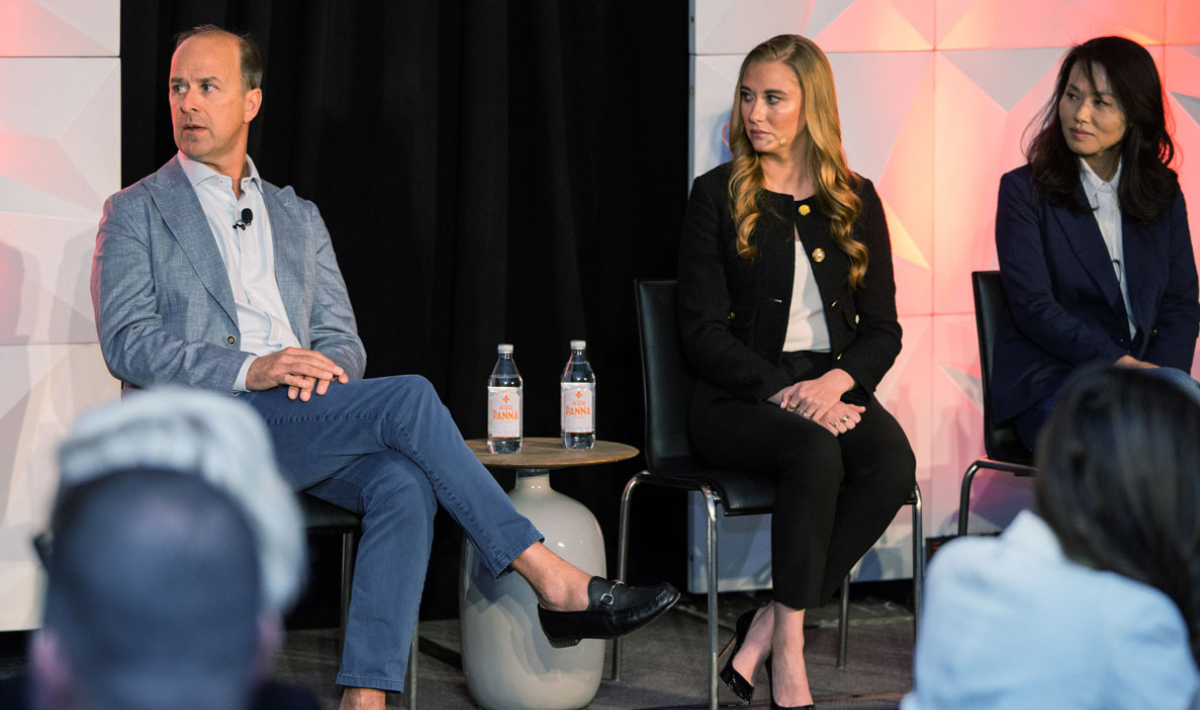How to balance standardization with team member considerations in a demanding marketplace.
By Graham Garrison
Amber Collins considers herself a list person. As the current COO for Peak Dental Services, an organization with 60 locations in Colorado and Texas, Collins coaches her regional managers down to office managers to plan out what they are doing by the hour to set up a cadence for daily, weekly, and monthly responsibilities.
“We try to be very standardized,” she said. “But… I’m also a people person. If you are not focusing on your retention and how to develop people within your company, you’re going to lose people. So… yes, I want to plug someone in and go… but have them grow and be with me 5 to 10 years later.”
Flexibility within standardization
Collins emphasizes the importance of standardization as a roadmap for operational efficiency, goal-setting, and performance measurement. With clearly defined objectives and regular assessments, management ensures alignment with the company’s vision while providing employees with a roadmap for success. By leveraging tools like RACI charts (Responsible, Accountable, Consulted, Informed), they assign responsibilities effectively, fostering accountability and clarity.
While standardization provides structure, Collins also notes there is a call for more empathetic leadership and a more flexible work environment. Hygienists, dentists, and office staff are increasingly asking leaders to understand their life and personal needs.
“Employees want different things than they did even three to five years ago,” said Collins. While an organization may want to standardize work hours and days in the office, they also must balance prioritizing meeting employees’ needs. That may involve some flexibility in scheduling.
“We’ve been trying hard to meet people where they want to be, and we’re finding that our retention is much higher when we do that,” she said. “While it makes standardizing things a little bit hard as far as everybody not working the same shifts, I think it’s helped people feel like we care about their day-to-day life and they’re coming into work with more enthusiasm.”
Empowering today’s dental workforce
Peak Dental Services’ commitment to employee empowerment extends beyond mere rhetoric. In 2022, Peak Dental Services launched a new ownership package for all the organization’s hygienists, similar to what’s offered to its dentists. About 10% of Peak’s entire hygiene team chose to join the ownership program during its first round.
“When the time came to make the choices for the ownership package, Peak Dental Services made a bold move and offered ownership in Peak itself, not just in the doctor or hygienist’s dental practice,” A.J. Peak, CEO of Peak Dental Services, said. “It is disingenuous to limit the ownership package to the dental practice because our providers’ prosperity would be limited to those 4 walls. Now, all our doctors and hygienists can grow their wealth with us as an owner of the whole company.”
Also, Peak’s robust professional development programs underscore its investment in its staff. Peak has created a custom-designed training and development path with over 125 hours of continuing education for every team member, enabling them to produce a customer experience where both partner dentists and patients can see the difference.
Cultivating talent with clear goal setting
Collins has found success within a standardized management team where each practice employee has three to five tracked responsibilities that they work on. From there, leaders can determine roadblocks, keep on track, and enable practice managers to hold people accountable. Collins says that leaders should recognize what people are naturally good at, and provide training around those skills.
“We really try our very best to say, ‘This is what we believe you’re really good at, so here’s your training surrounding it so that you can be as successful as possible,’” she said. “We’re going to make sure that we’re as emotionally intelligent as we can be about your situation. Then we’re going to set very clear goals and give you a timeline so that you can meet them. People want to feel like they have a direction, and that the organization’s leadership cares about them enough to provide resources, training, and assistance if they need help with anything. When leaders set very clear goals for their teams and give staff a timeline to accomplish them, people feel like they have day-to-day direction.
“But you have to clarify everything,” Collins said. “You have to make sure that you’re really, really clear in your goals. If you don’t have goals first, set those up and then decide what’s going to get you there.”
Peak Dental Services’ success shows that it is possible to standardize while also valuing staff needs. Under Collins’ leadership, Peak has found a path to sustainable growth with harmony between operational efficiency and employee well-being.
Amber Collins Amber Collins is Chief Operating Officer for Peak Dental Services, has extensive knowledge of operations in the dental field, and has been dedicated to their growth since 2009. Amber started at Peak Dental when it was still a single location and has been with the company every step of the way as the organization scaled up to the nearly 50 locations it supports today.






